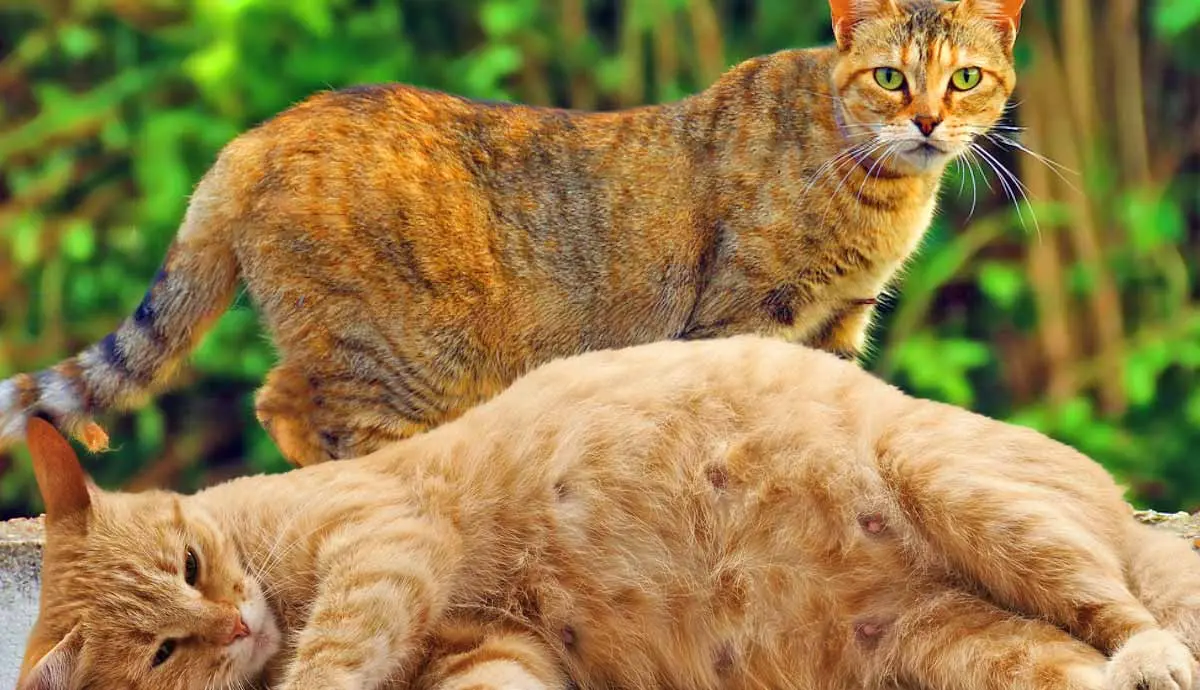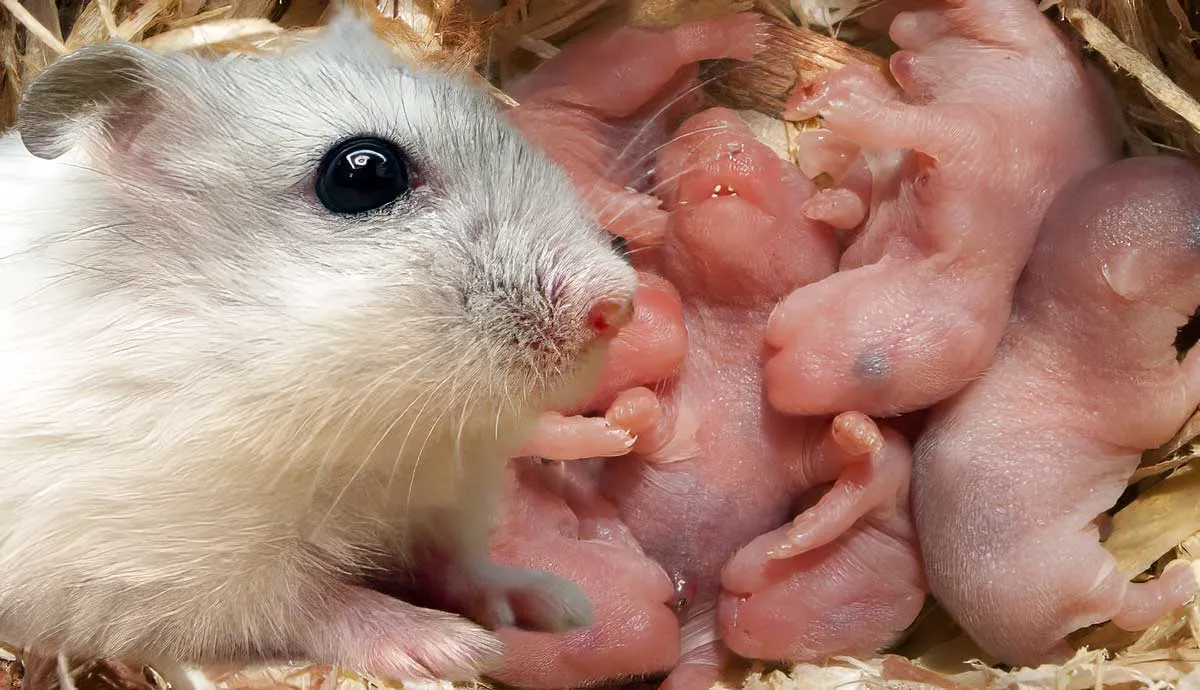A cat’s pregnancy is an important event in every pet owner’s life. Whether this is a pregnancy you planned or not, the following two months and how you care for your cat can influence her health and that of her kittens.
If you’re looking for advice on what to expect and how to be prepared for your cat’s pregnancy and delivery, here are some tips to help you.
When Do Cats Get Pregnant?
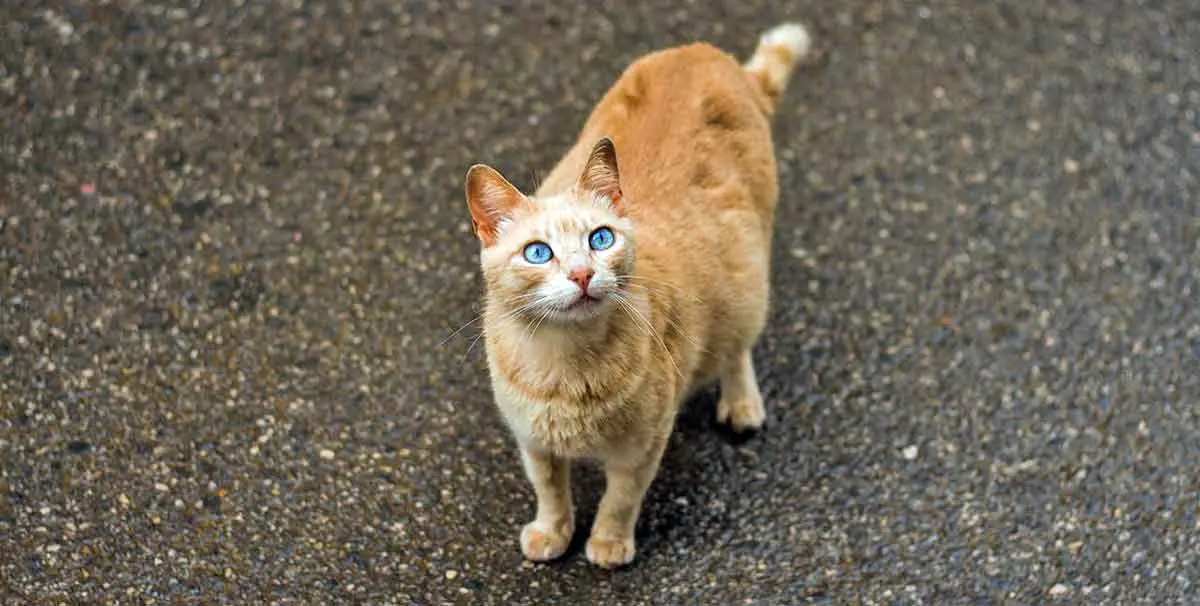
While many cats reach their sexual maturity at the age of six months, there are cases where they do so at four months. For this reason, if you do not want to place a litter of kittens for adoption or your cat’s pregnancy isn’t something you can handle, you should consider early spaying.
Cats are seasonal breeders; they don’t experience their heat cycle every single month. The weather influences their reproductive system. Consequently, they can go into heat from late February or early March until late October or early November.
Cats are induced ovulators. In other words, they get pregnant whenever mating happens.
Signs Your Cat is Pregnant

While the first noticeable sign that your cat is experiencing a pregnancy is the fact that she no longer goes into heat, there are other, more subtle ones that you might be able to notice:
- A lack of interest in food in the first few weeks of the pregnancy
- An increased interest in food toward the end of the pregnancy
- A slight weight gain that leads to an enlarged abdomen after the 3-week mark
- Your cat loves to sleep more
- A more affectionate temperament
- Enlarged and pink nipples
- Nesting behaviors after the 50-day mark
How Long Are Cats Pregnant?
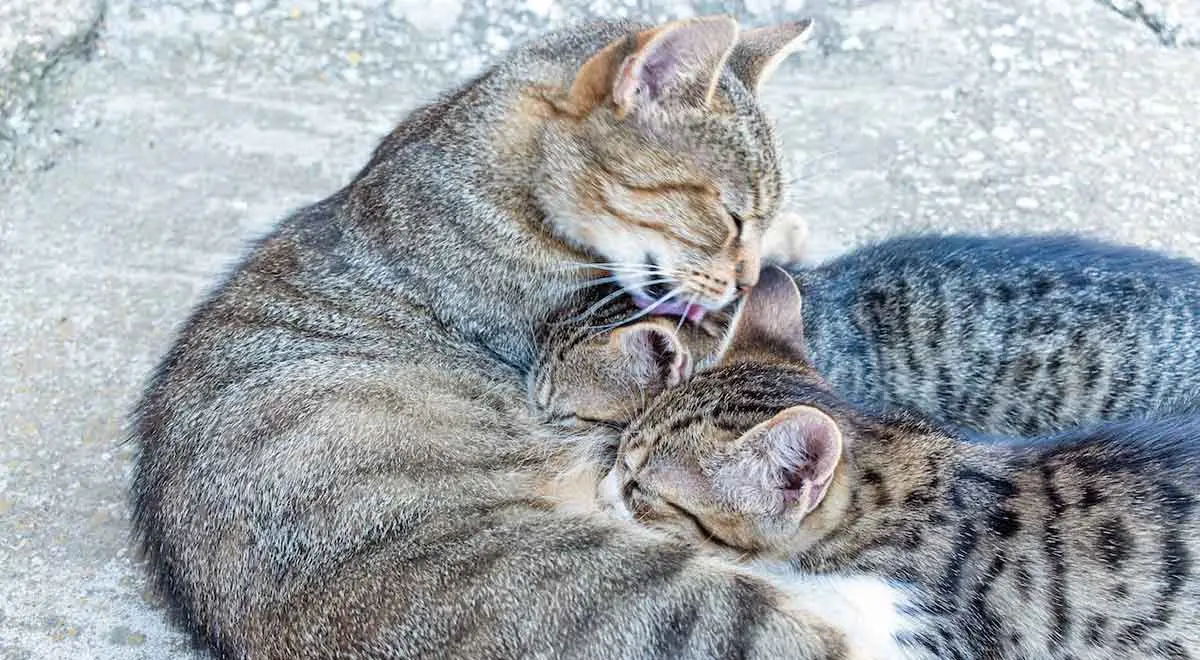
Typically, cats are pregnant for 65 days. However, there are some exceptions -- first-time pregnancies can take their toll on your pet’s body. They might experience labor at around 60 days.
As with human pregnancies, a cat’s pregnancy can be split into trimesters, all characterized by different symptoms. In the first 10 to 20 days, you might not notice any signs whatsoever, so you might even consider taking your cat on vacation.
After the 20th day, most cats show the signs we’ve already mentioned. In the last trimester, the cat’s energy is focused on finding the right spot for the delivery.
Delivery and Possible Birth Difficulties

Your cat will give birth to her first kitten around 30 minutes after her contractions have started. If a few hours go by and no kittens have shown up, it’s time to call your veterinarian. After the first baby kitten arrives, the next ones will follow at 10 to 60-minute intervals.
A cat can be in labor for up to 24 hours. Once all the kittens are born, she should eliminate the placenta and the fetal membranes. If your cat’s body no longer has the right amount of oxytocin for this to happen, she can develop a severe infection.
Even though birth complications aren’t a common occurrence, they can affect a small number of queens. Birth difficulties have either maternal or kitten causes.
For example, the cat can have a pelvis that is too narrow or experience uterine inertia during birth. On the other hand, the kittens can be placed in an awkward position, making delivery impossible.
Congenital disabilities resulting in some of their body parts being too large also influence how easy or difficult a cat’s delivery is.
Being Prepared for Delivery

While most cats choose the spot they will give birth in, you can make the matter easier by providing your pet with a birthing box. A cardboard box is usually enough, but a cat bed is more comfortable.
Get plenty of small blankets so that your cat is comfortable during delivery. There’s not a lot you need to do besides this. Vets advise against human intervention unless it is necessary.
If the cat doesn’t manage to rip off the sacs that cover the kittens’ bodies, you may need to do so. Wear gloves to avoid leaving your scent on the kittens’ bodies. If a baby’s airway is obstructed, clean it with a moist handkerchief or facial towel.
In very few cases, if the cat doesn’t chew off the umbilical cord on her own, you may need to use scissors and cut it yourself. Use a mild antiseptic on the severed end, and make sure to cut it short so that the cat doesn’t want to chew on it some more.
Pregnant Cats and Feline Nutrition
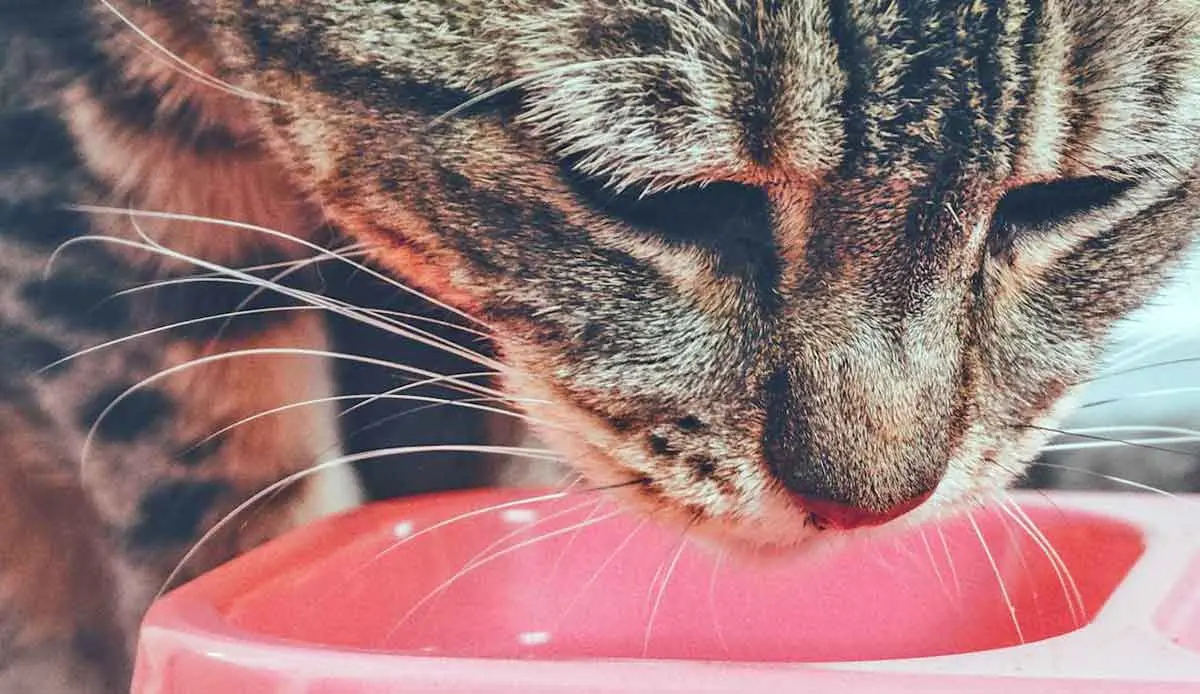
Is there anything special you must do to ensure your cat remains healthy throughout her pregnancy? Having your cat dewormed and vaccinated before the pregnancy is a good idea.
Vets do not recommend significant dietary changes for cat pregnancies, although you can switch their food from an adult recipe to a kitten one. The second is richer in protein, vitamins, and minerals, so it helps with the development of the kittens. Continue giving her the kitten diet while she lactates, as well.
Some things to avoid feeding a pregnant cat are:
- Fish and eggs
- Undercooked meat
- Human foods of any kind
Encourage your cat to drink more; proper hydration ensures her pregnancy goes well and the delivery is as smooth as possible.
In terms of life changes, if your pregnant cat is no longer too interested in playtime, accept that the amount of feline exercise she’s supposed to get now is lower. Bond with your cat during this time, mainly since she is more likely to be more affectionate with you, give you cat headbutts, and want to spend more time by your side.
How Soon Can a Cat Get Pregnant After Having Kittens?
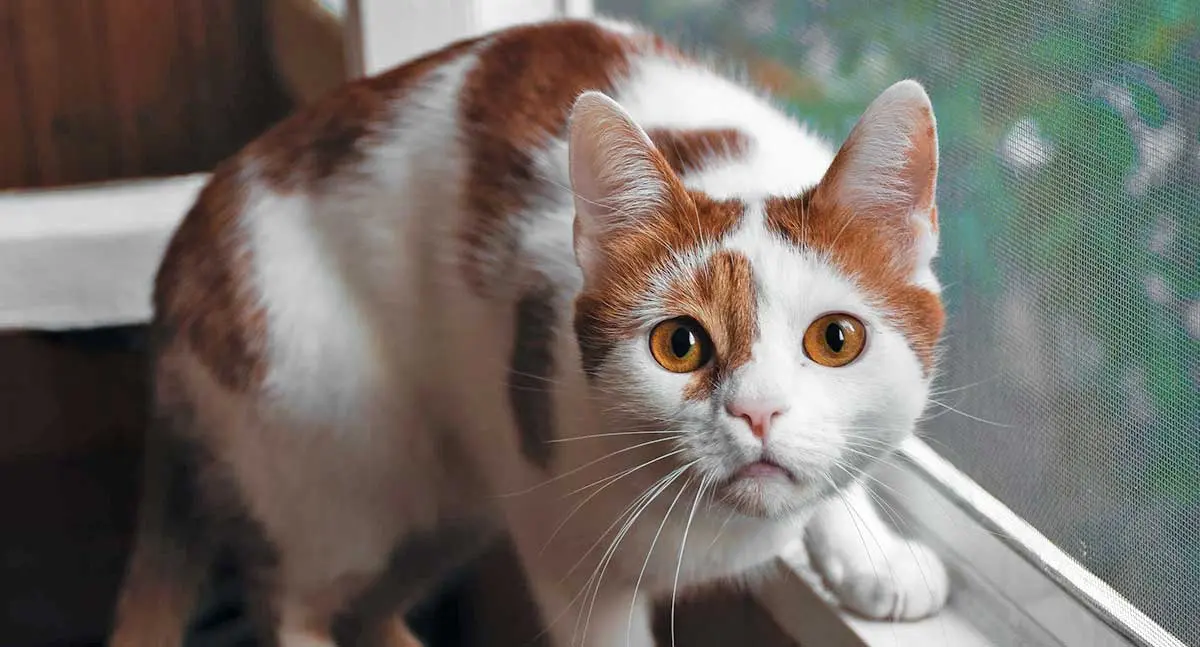
The assumption according to which a lactating cat cannot go into heat is just that -- an assumption. If the season is right, cats can experience a heat cycle as early as eight weeks after giving birth.
Most queens have weaned their litter by this point, but it’s not unlikely for a cat to become pregnant as she is still breastfeeding her kittens.
Why You Should Consider Spaying Your Cat
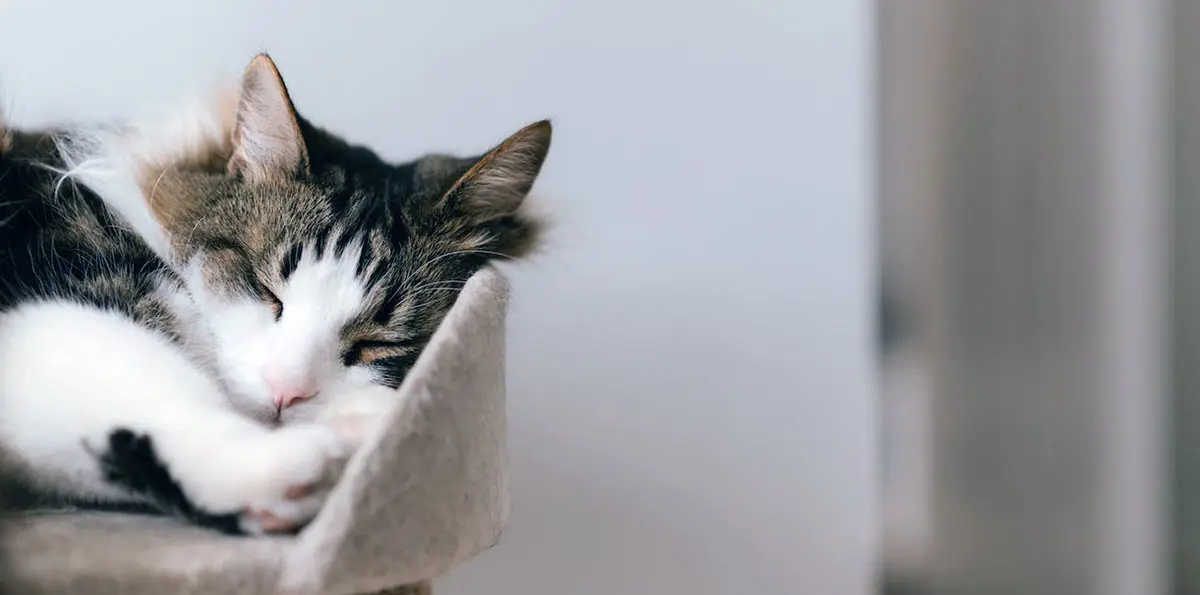
Whether you have allowed your cat to become pregnant or not, you should consider spaying her. Doing so early in her life prevents certain health conditions, such as ovarian and uterine cancer, along with recurrent urinary tract infections and even mammary tumors.
Besides the obvious health-related reasons, spaying cats is humane and safe. If you let your pet roam outdoors, they might be responsible for small wildlife deaths. After all, it’s not uncommon for cats to bring ‘presents’ to their owners.
If you’ve ever heard of or seen a cat in heat, you probably know how spectacular their behavior is. Simply put, if you have a female in heat indoors, you’re not going to be able to sleep properly for days on end.
While there is medication to stop or prevent heat cycles in cats, it is rarely safe. The dosage is not appropriate for every individual cat -- which can lead to the development of ovarian cysts. Depending on the vet clinic, the spay procedure is priced between $300 and $1,000. Some budget animal hospitals can spay female cats for $200 or even less.
